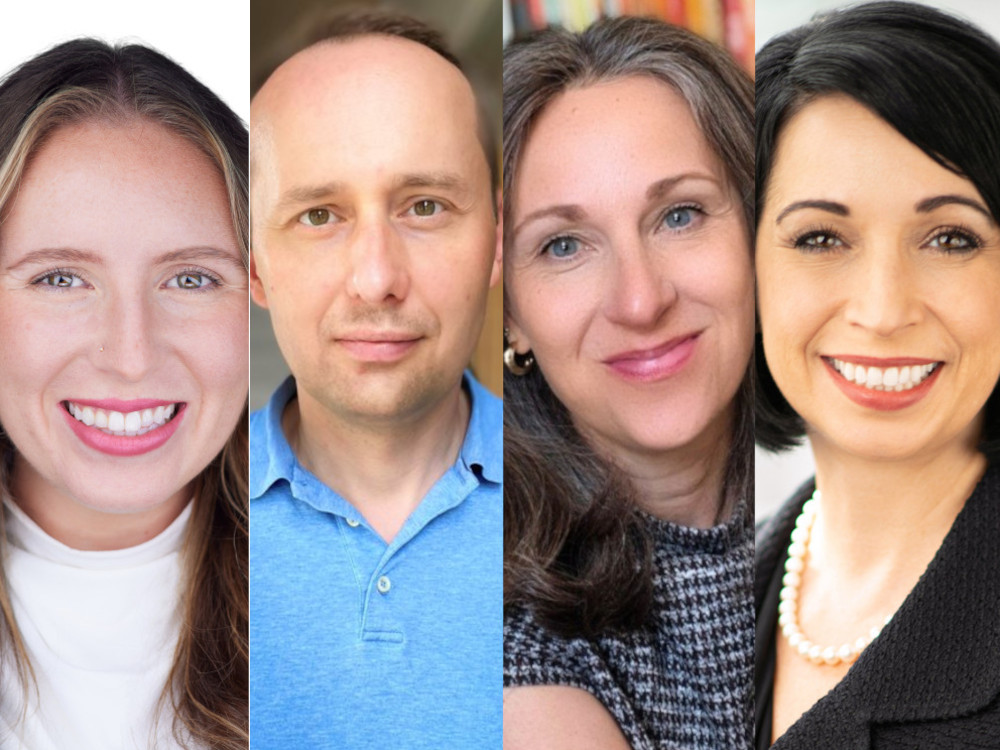It’s common to describe family offices as firms that serve “ultra high net worth” (UHNW) individuals and families. So you’d think there would be a common definition of this term as well as others, such as “high net worth” and the more recent “very high net worth” and “mass affluent.”
But there’s little agreement in the field.
The New York-based UHNW Institute just published its first stab at a glossary of family wealth advising terms known as the Wealthesaurus. It defines UHNW as “the range of financial net worth at the highest tier of wealth,” suggesting US$30 million as the threshold.
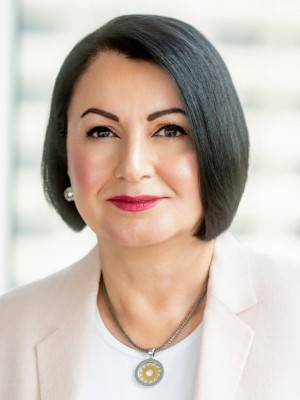
The organization adds that US$5 million to US$30 million (or even up to US$50 million) are labelled HNW, and US$1 million to US$5 million falls in the more common “mass affluent” category.
“These terms originated in the U.S. in the 1990s, particularly through private banking and wealth management reports,” says Tina Tehranchian, senior wealth advisor with Assante Capital Management Ltd. in Toronto.
In 1997, Capgemini and Merrill Lynch’s inaugural World Wealth Report defined HNW individuals as those with US$1 million or more in investable assets. “The report introduced UHNW shortly thereafter, typically defined as $30 million USD-plus,” she says.
So, UHNW isn’t necessarily about “net worth,” which would include real estate and business holdings. It usually focuses more on liquid assets.
“The reason we wrote the Wealthesaurus is that there’s confusion in the field: Everybody’s got a different view, and it’s like the Tower of Babel,” says Jim Grubman, owner of Family Wealth Consulting, based in Lexington, Mass., and a leader at the UHNW Institute. “If there’s confusion about language, how can you move a field forward professionally?”
Any measurement of wealth is a moving target anyway, Grubman points out.
“We used to talk about the ‘one per cent.’ In the late 1990s, having $1 million in investable assets put you in the 99th percentile. Now, if you have $1 million, I think you might be less than the 90th percentile,” he says.
Dollar amounts, and more
We decided to ask 15 Canadian wealth professionals what UHNW and HNW mean to them. The results show how much variation exists in the field, both in terms of dollar amounts and how they are calculated. (Figures are shown in Canadian dollars unless otherwise noted.)
Tina Tehranchian, senior wealth advisor, Assante Capital Management Ltd., Toronto
- UHNW: $30M+
- VHNW: $5M to $30M
- HNW: $1M to $5M
“Some Canadian banks now use $500,000-plus in investable assets to define ‘emerging affluent’ or ‘mass affluent.’ Increasingly, $10 million-plus is seen as the lower boundary of UHNW at some global banks or family offices.”
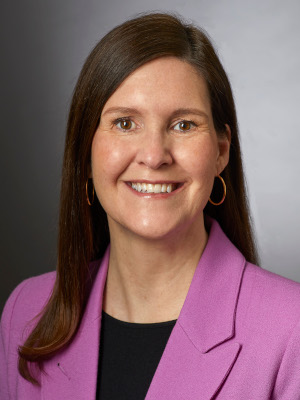
Susan K. Bell, president and CEO, Bell Kearns & Associates Ltd., Toronto
- UHNW: $20M+ to 30M+
- HNW: $1M+
“I believe investable assets over $1 million would be reasonable to describe a HNW individual; this is in line with one of the Canadian Securities Administrators’ criteria to be an Accredited Investor, and many investment counsellors use this as a minimum threshold in order to work with a new client. Interestingly, I’m not sure that the HNW definition has changed in the past five years, or even longer. In the investment industry it would be standard practice to refer to investable assets.”
Jeff Noble, director, Private Wealth at BDO Canada LLP, Mississauga, Ont.
- UHNW: $25M+ with investable assets of $10M+
- HNW: $5M+
“The amounts are calculated as the sum of all current and deferred assets less any current and deferred liabilities. Current assets include personal-use real estate, vehicles, collections, investments or equity stakes in private companies, real estate and investment portfolios. Deferred assets are typically life-insurance strategies. Current liabilities include lines of credit, mortgages and loans. Deferred liabilities include taxes, most significantly estate-related taxes.”
Maya Kabbara, investment counsellor, RBC PH&N Investment Counsel, Montreal
“While we can assign numerical thresholds to define HNW, the true distinction lies in the level of financial complexity and longevity. An UHNW individual isn’t just someone with a large portfolio; it’s someone with a clear financial surplus that will outlive them. We’re seeing more first-generation UHNW clients, many of them self-made, particularly through the rise of entrepreneurship, successful business ventures and high-growth tech companies. This shift has also been shaped by a growing influx of millionaire immigrants.”
Nancy Marshall, managing consultant and head of Family Office Solutions, Prime Quadrant, Toronto
- UHNW: $25 to $30M
- HNW: $1M+
“I prefer to say ‘affluent’ and ‘ultra-affluent.’ I consider ultra-affluent to be $25 million-plus to $30 million-plus now. The calculation is included in the name ‘net worth’—it’s not investable assets. There are firms who define it by investable assets, but those are firms whose main objective is to gather additional assets under their umbrella.”
Elke Rubach, principal and founder, Rubach Wealth Holistic Family Advisors, Toronto
- UHNW: $25M+
- HNW (individuals or families): $5M to $25M in investable assets.
“These are broad ranges rather than rigid categories. What’s most important is how those levels of wealth translate into different needs. We define net worth as total assets minus liabilities, placing emphasis on investable or liquid assets, as these are key to financial strategy and planning.”
Carolyn Cole, founder and CEO, Cole & Associates, West Vancouver
“These categories were created by financial institutions in order to categorize clients. The families themselves often find being labelled offensive, especially the quieter wealth within Canada. Within the families, they talk about decamillionaires, centimillionaires, single- and double-digit billionaires. Within the truly affluent community, none of them think of investable assets; they think of net worth. I was speaking with a gentleman who was a billionaire, and he said: ‘But I’m only a single-digit billionaire!’ Once you are inside the community, the language has nothing to do with HNW or UHNW.”
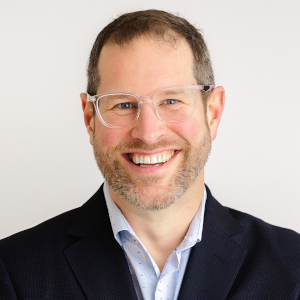
Steve Beauchesne, president and CEO, Family Enterprise Canada and Family Enterprise Foundation, Vankleek Hill, Ont.
- UHNW: $30M+ to $50M+
- HNW: $5M+ to $10M+
“We have over 500 designated Family Enterprise Advisors, and I’d say we have about 500 different opinions on this. In Canada, a lot of wealth is still built around family businesses. In the U.S., there tends to be more liquidity. In Europe, you see more inherited wealth that’s been passed down for generations. In Asia, a lot of large fortunes have been built more recently in very fast-growing sectors. For many Canadian business families, their operating company is by far their biggest asset, but what matters is whether the wealth is easily accessible, how many generations are involved, and how much planning is required to keep the family and the business healthy in the long run.”
Thane Stenner, founder, senior portfolio manager and senior wealth advisor, Stenner Wealth Partners+ of CG Wealth Management and chairman emeritus, Tiger 21 in Canada, Vancouver
- UHNW: $30M+
- VHNW: $5M to $30M
- HNW: $1M to $5M
“These definitions are valuable, as there is quite a difference in advice/strategies for HNW individuals and UHNW individuals, for example. The levels are based on net worth only. For example, liquid and illiquid assets plus business interests plus real estate.”
James Dunne, family office advisor and founder, Markdale Financial Management, Toronto
“Wealth is not defined by net worth, but by financial independence. At our family office, we think more in terms of value: How can we create value for the people we serve? We avoid using industry terms to describe the families we work with. We think more in terms of how we can help our clients—the higher the asset, income and expense levels, the more value a family office can provide.”
Cameron Clark, CEO, wealth advisor and portfolio manager, Clark Financial Advisory Group, Fredericton
- UHNW: $25M+
- HNW: $1M+ in liquid assets
“For our practice, we define families who have $25 million and above of investable assets as UHNW. I have seen this range in practice across the country, between $10 million and $50 million as a starting point. I think the terms can be of use in a professional context to help define what a family’s needs may be, but if there is one thing I have learned, it’s that no two family enterprises are alike.”
Mayeer Pearl, partner, Assurance & Advisory, Crowe Soberman LLP, Toronto
- UHNW: $100M+
- HNW: $30M to $100M
“The term itself doesn’t matter. What matters is understanding the value of your assets and what type of advice it can buy to help you grow. The family office has become much more relevant as the wealth of families and levels of sophistication have increased to the point where families understand that managing and growing money need to be treated as a business and not as a passive portfolio.”
Chris Gandhu, partner and family office leader, KPMG Canada, Calgary
- UHNW: $25M+
- HNW: $5M+ to $25M+
“While $25 million would have felt rarefied a decade ago, it isn’t so any longer. Most family office engagements start at $50 million and up. In our practice, we define wealth not just by numbers but by the level of complexity and stewardship required. Our focus is on total net worth—‘enterprise value’ may be a good term to use.”
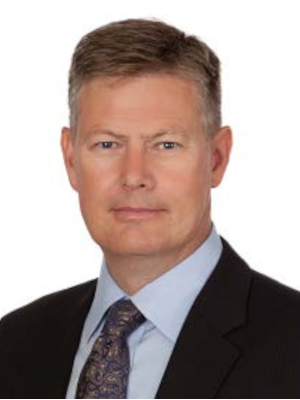
Paul Coleman, business family advisor, Trella Advisory Group, Grand Bend, Ont.
- UHNW: $25M+
- VHNW: $5M to $25M
- HNW: $1M+
“Wealth advisors typically apply a further term, ‘investable wealth’ or liquid wealth, to determine HNW and UHNW. We employ the term ‘family enterprise,’ which comprises the breadth of the family assets or wealth: operating business(es), real estate, heirloom assets, financial assets, philanthropy, deferred assets and human capital or non-financial assets. Whereas the investment advisors have a narrow scope, our focus is much broader.”
Steve Legler, family legacy coach and senior consultant, Blackwood Family Enterprise Services, Montreal
- UHNW: $30M+
- HNW: $5M to $30M
- Mass affluent: $1M to $5M
“To define UHNW now, because of inflation, people may be ticking more to $50 million-plus. Another term I’m starting to hear is centimillionaire, for $100 million-plus. The people who serve the families are the ones who are prone to putting labels on things; the families themselves don’t really care. The first thing the advisors look at is overall net worth, but after that there’s a very important distinction: I have relatively low investable assets if my net worth is $100 million but I only have $5 million in liquid assets. I think it’s unfortunate that when we talk about families there seems to be such a need to specify how much they’re worth, but I also don’t have a better way around it.”
The Canadian Family Offices newsletter comes out on Sundays and Wednesdays. If you are interested in stories about Canadian enterprising families, family offices and the professionals who work with them, but like your content aggregated, you can sign up for our free newsletter here.
Please visit here to see information about our standards of journalistic excellence.



